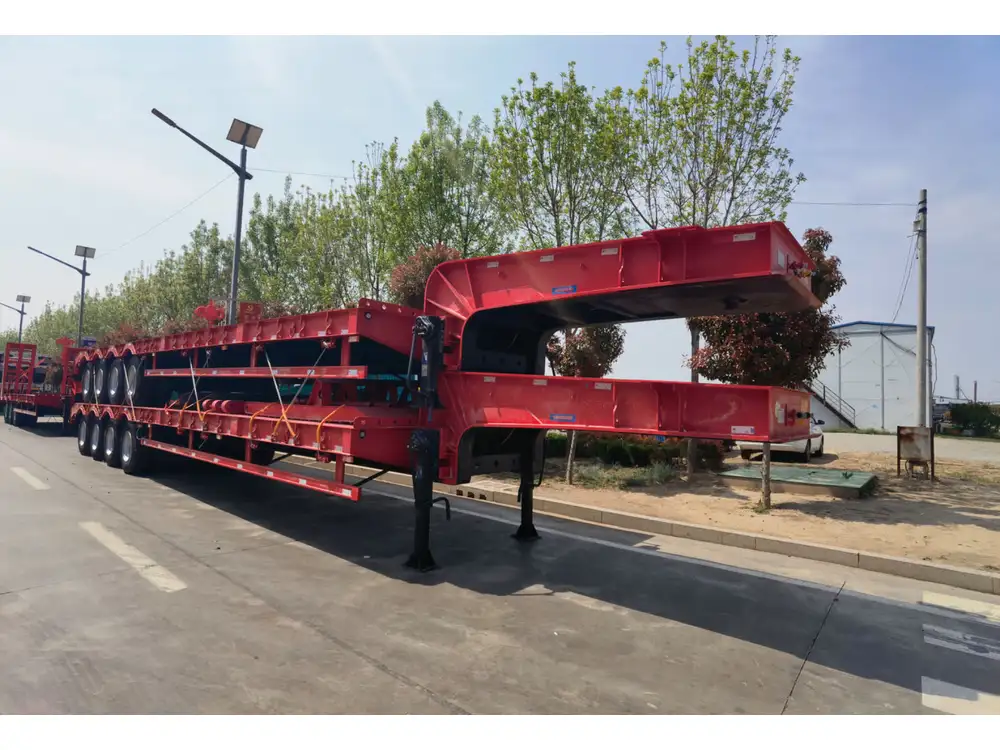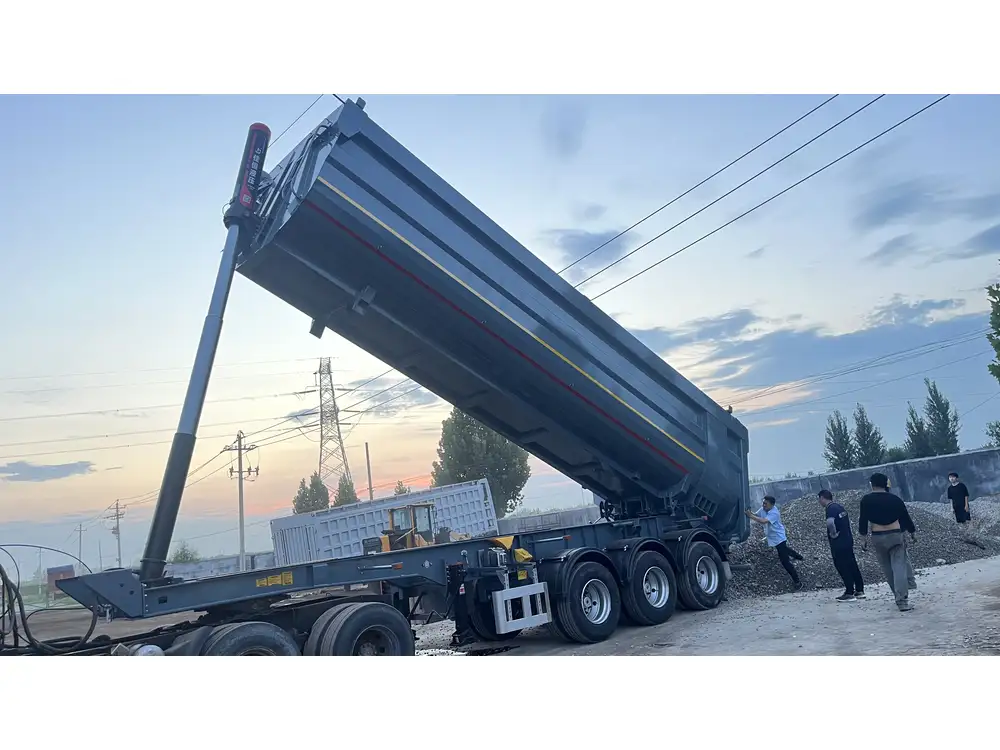The nomenclature of vehicles can sometimes prove to be perplexing, especially when it comes to heavy-duty transport. Among trucking terminology, the term “semi” stands out, leaving many to ponder: why is a tractor trailer called a semi? Understanding this terminology involves delving into the historical context, functionality, and efficiency of these robust vehicles. In the following sections, we will expound on the intricacies of tractor trailers, their structure, and the rationale behind the term “semi.”
The Origins of the Term “Semi”
The word “semi” derives from Latin, meaning “half.” But how does this relate to tractor trailers? The key lies in their design. A semi-trailer is called so because it lacks a front axle, which means it is supported primarily at the rear. This distinctive feature allows for a dynamic interplay with a tractor unit, effectively forming a complete combination—hence, the term “semi.”
A Breakdown of the Structure

1. Components of a Tractor Trailer
Understanding the components helps clarify why the terminology fits:
| Component | Description |
|---|---|
| Tractor | The front part, equipped with an engine and designed to pull. |
| Semi-Trailer | The back part, which has wheels but no front axle; it connects to the tractor through a fifth wheel. |
| Fifth Wheel Coupling | A plate mounted on the tractor that allows for easy connection and detachment of the trailer. |
| Load Area | The space on the semi-trailer designated for cargo, varying greatly in size and configuration. |
2. The Functionality of a Semi-Trailer
The semi-trailer design is particularly efficient. By combining a tractor unit with various types of semi-trailers, a single rig can effectively transport massive loads, adapt to diverse cargo types, and maneuver in conjunction with road regulations.
How Semi-Trailers Revolutionized Transportation

The Evolution of Freight Transport
Historically, freight transport underwent a significant shift in the early 20th century. Before the advent of the semi, shippers utilized rigid trucks that were heavier and less maneuverable. The introduction of semis provided a lighter, more adaptable alternative that could navigate urban environments with greater ease.
Economic Impact of Semi-Trailers
The adoption of semi-trailers dramatically reduced transportation costs and time. Here’s how they changed the game:
- Higher Load Capacity: By efficiently utilizing length, they can carry more cargo than their rigid counterparts.
- Flexibility: Different trailers can be swapped to transport various goods—be it refrigerated loads, containers, or flatbeds.
- Reduced Wear on Roads: Semi-trailers distribute their weight over a larger area, leading to less pavement stress compared to traditional trucks.
The Interaction of Components

A Cohesive Unit: How Tractors and Semi-Trailers Work Together
The tractor and semi-trailer’s symbiotic relationship facilitates troubleshooting and maintenance:
- Articulation: The tractor can pivot, optimizing maneuverability when cornering or backing up.
- Adjustability: The fifth wheel allows for adjustments, accommodating various semi-trailer lengths and configurations.
- Weight Distribution: Proper hitching techniques ensure optimal load balance, enhancing safety.
Common Misconceptions
Debunking Myths About Semi-Trailers
While the term “semi” is widely used, misconceptions abound regarding its function and attributes. Addressing these will equip stakeholders with a clearer understanding:
| Misconception | Reality |
|---|---|
| A semi-trailer can operate independently. | A semi-trailer requires a tractor for navigation and load-bearing. |
| All semi-trailers are the same. | Semi-trailers come in various designs, including flatbeds, reefers, and tankers. |

Compliance and Standards
Regulatory Framework
The operation of tractor-trailer combos is governed by strict regulations to ensure safety. These include:
- Weight Limits: Federal and state regulations specify maximum load weights for all trailers based on axle configurations.
- Trailering Regulations: Specific rules dictate how trailers should be connected and operated for safe driving conditions.
The Market Landscape

Understanding the Industry Dynamics
The semi-trailer manufacturing industry has seen tremendous growth, driven by:
- E-commerce Boom: As online shopping rises, there’s an increasing demand for freight transportation.
- Technology Integration: Advanced materials and smart technologies are revolutionizing semi-trailer designs, enhancing efficiency and safety.
Key Players in the Industry
The semi-trailer market includes a variety of manufacturers and suppliers:
| Company | Specialization |
|---|---|
| Wabash National | Known for innovative refrigerated trailers. |
| Utility Trailer | Offers a wide range of trailers, including flatbed designs. |
| Great Dane | Focuses on durable trailers with a strong emphasis on design. |
Conclusion
In summary, the term “semi” assigned to tractor trailers encapsulates intricate historical, functional, and structural elements intertwined with the evolution of transportation. Understanding this terminology is essential for industry professionals, drivers, and logistics stakeholders alike.

Why It Matters
As we dissect the multifaceted nature of semi-trailers, it becomes clear that the right knowledge can transform logistical operations, inspire innovation, and enhance road safety. With the trucking industry continually evolving, staying informed is crucial.
This comprehensive exploration of why a tractor trailer is referred to as a “semi” not only demystifies the terminology but also highlights the significance of these vehicles in modern transport logistics. Moving forward, embracing the complexities of this terminology will undoubtedly empower stakeholders across the spectrum to optimize their operations and contribute to the ongoing transformation of the transport industry.



